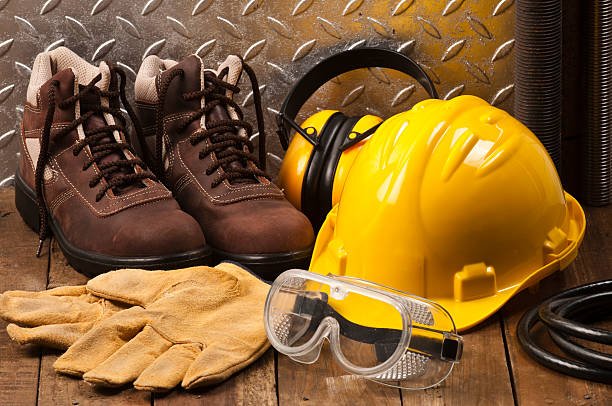Safety is paramount in the construction industry. Construction sites are filled with potential hazards, and workers must have the right gear to protect themselves from accidents and injuries. Choosing the right construction safety gear is crucial to ensuring the well-being of workers. Here are key factors to consider when selecting the appropriate ones.
Identify the Hazards:
The first step is identifying the specific hazards on the construction site. Different tasks and environments pose different risks, such as falling objects, chemical exposure, or electrical hazards. Conduct a thorough risk assessment to evaluate the potential dangers workers may encounter. It will help you understand the type needed to mitigate those risks effectively.
Research and Standards:
Once you have identified the hazards, research the appropriate gear to address them. Look for those that meet the relevant industry standards and regulations. For example, if you need to provide head protection, ensure that the hard hats you choose comply with the required safety standards. Familiarise yourself with the safety guidelines provided by organisations such as OSHA (Occupational Safety and Health Administration) or local regulatory bodies.
Comfort and Fit:
Such clothing is only effective if it is comfortable and fits properly. Ill-fitting gear can be a hindrance and may even contribute to accidents. When selecting, consider factors such as size, adjustability, and weight. They must be easily adjusted to fit different body sizes and shapes. It’s also important to prioritise comfort to ensure workers can wear them for extended periods without discomfort or distraction.
Durability and Quality:
Construction sites can be demanding environments and must withstand rugged conditions. Invest in high-quality ones that are durable and designed to withstand the construction industry’s rigours. Check for features like reinforced stitching, strong materials, and sturdy construction. While quality products may be more expensive upfront, they will be a cost-effective investment in the long run.
Visibility:
Many construction tasks require workers to be easily visible to others on the site, especially in low-light conditions. High-visibility gear, such as reflective vests or brightly coloured helmets, helps enhance worker visibility and reduce the risk of accidents. When choosing, prioritise items with high-visibility features, particularly if the construction site has heavy machinery or vehicles moving around.
Functionality:
Consider the specific tasks that workers will be performing and choose those that support such tasks. For example, workers who need to handle chemicals will require chemical-resistant gloves. If they work at heights, harnesses and fall protection gear will be necessary. Consider the specific requirements of each job and ensure that the selected ones are suitable for the tasks at hand.
Training and Education:
Even the best construction safety gear is ineffective if workers are not trained to use it correctly. Provide comprehensive training on the proper use, care, and maintenance. It includes demonstrating how to properly wear and adjust them and informing workers about the limitations and lifespan of the equipment. Encourage workers to ask questions and address any concerns they may have.
Maintenance and Replacement:
Regular maintenance and timely replacement are crucial for ensuring effectiveness. Check the manufacturer’s guidelines for cleaning and maintenance instructions. Some may require regular inspections, while others may need replacement after a certain period or if they have been subjected to specific conditions (e.g., high-impact incidents). Implement a system to track and manage the maintenance and replacement schedule of safety gear to ensure that workers always have properly functioning equipment.
In conclusion, selecting the right construction safety gear is crucial for ensuring the well-being of workers on construction sites. Employers can make informed decisions by identifying the hazards, researching industry standards, considering comfort and fit, prioritising durability and quality, enhancing visibility, focusing on functionality, and providing adequate training. Remember, safety should always be a top priority. And investing in the right one is an investment in the protection and welfare of the workers.
